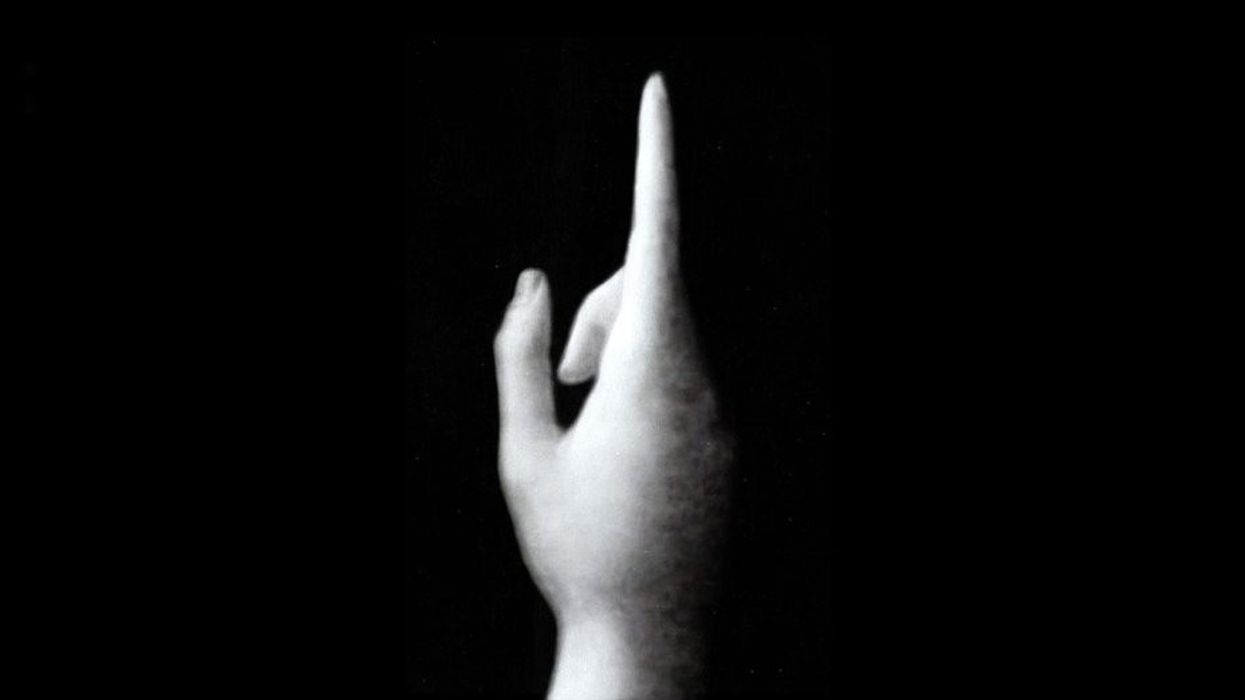When Fabrice Aragno went to film school, he was written off as a creator of meaningless images. What was the point of his thesis picture? Where was the emotion? These questions, however, didn't matter much to him, so he ignored them. What mattered was assembling work that he felt was sincere.
In Aragno's opinion, cinema doesn't need an explanation. There is no objective. Don't explain it, just embrace it. Fortunately, that philosophy ended up aligning closely with another filmmaker some of you may have heard of - a man named Jean Luc Godard.
Admittedly, Aragno wasn't terribly influenced by the French New Wave master's work. As a student, he was more interested in Felinni and others associated with Italian Neo-Realism. So when he got a phone call asking if he'd like to work with Godard on Goodbye to Language, he was nervous to meet with the director who had a reputation of being obstinately difficult to work with. Yet when they met, he found the mythic figure to be just a man, a man who would soon become a collaborator.
Their most recent film The Image Book picks up where Goodbye to Language left off. It is a collage of sound and picture that may be better described as a cinematic experience than a movie. I sat down with Aragno, who edited and shot the film (which conversely features mostly found footage) at the Toronto International Film festival.
Listening to this interview is a bit like watching the film itself. Aragno weaves in and out of the French language, jumps around topics, and drops many obscure references as we talk about the genesis of their collaboration and gain fascinating insights into Jean Luc Godard's creative process.
Listen to the episode by streaming or downloading from the embedded player above, or find it on iTunes here.
Please subscribe and rate us on iTunes, Soundcloud, or the podcasting app of your choice. You can play all of our No Film School interview episodes right here:
This episode was edited by Jon Fusco.












